Boost Your Average Order Value: Command C’s Top Tips
In the first quarter of 2017, the average order value (AOV) online came in at $82.50. We find it compelling to think about this number in tandem with another stat: It costs 5x more to acquire a new customer than it does to retain an active one. With shoppers already spending a significant amount online, how can retailers encourage their customers to add more to the cart?
Our first answer is all about context: know your customer. By understanding who comes to your store and what they buy, you’ll be able to develop the best incentives for your audience. With this in mind, let’s share some motives to prompt your already-in customers to buy more from your store.
1) Offer Product Bundles

Online retailer for all things baby, Monica + Andy, introduces the Layette right from their homepage. In their words, “Think of a Layette as your baby’s first wardrobe.” They offer “everything you need for your baby’s first three months,” and add that it’s “all in one box.” Customers are invited to either build their own Layette (email an expert to get started), or select from their already assembled boxes. The packaged Layettes are available in three price tiers: $250, $500, and $1,000. Here we share their top-tier Layette with 36 pieces for $1,000. For the overwhelmed new mother, Monica + Andy has a luxurious solution.
2) Promote Gift Packages and Subscriptions
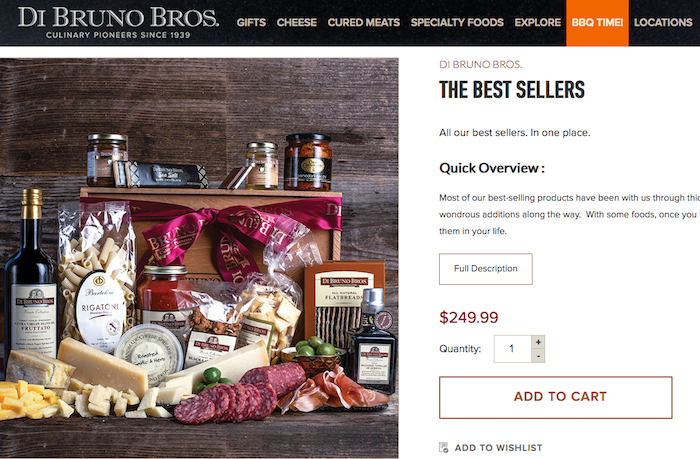
Building on Monica + Andy’s Layette, a tour of DiBruno Brothers’ online store shows many good examples of bundling products together to increase sales. [Warning: This store induces cravings.] They know their customer – a foodie who especially loves the unique tastes from Philadelphia – and they serve this shopper lots of delicious options. We can imagine the review now, “I came for the Garlic Insanity Bacon ($9.99). I checked out with The Best Sellers ($249.99).”
Or better yet, “I joined the Kilo Club for the next year ($689.99).”
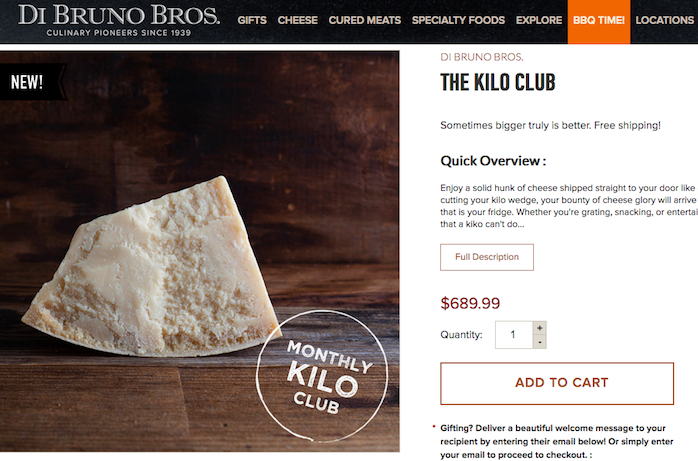
3) Consider “Buy These, Get This Free”
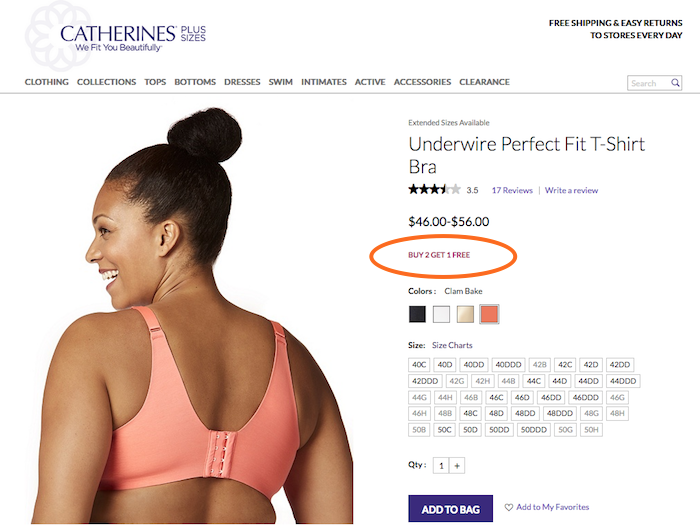
In a final word about product bundles, think about offering a “Buy 2, Get 1 Free” (or your variation on this) promotion. This kind of sale is in the first chapter of the retail playbook, but there’s a reason for it: it works. In the case of Catherine’s, the shopper comes by needing one undergarment, and keeps buying until she gets the freebie. The retailer’s average order value goes up with her additional purchases.
4) Set a Threshold for Free Shipping

It not unusual to love a promotion like Le Creuset‘s “Free shipping for orders over $50.” But there’s a science behind the art of this offer. Merchants have to be certain they can offer free shipping without losing money. So, how do they determine the right order amount to start shipping for free?
We like the way the drop shipping experts at Oberlo break it down. First, begin by knowing your current average order value. Once this is established, as a guideline, add 30% to it. For example, if a store’s average order is $60, then the retailer should offer free shipping on orders over $80. This will encourage people to keep adding to the cart until they reach free shipping, without cutting into profit for the seller. As customers keep reaching for this price, the average order values will increase. And be sure to keep customers informed on how close they are to free shipping as they build their cart.
5) Incite Shoppers with a Countdown Sale
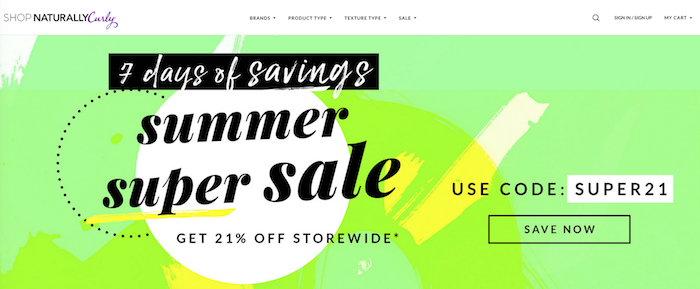
Let’s face it: human beings are deadline-oriented. Maybe the blue jay gets her nest built before crunch time or the grizzly stocks his cave well before winter. But in human nature, we get motivated as time runs out. To this end, we like how NaturallyCurly set up their countdown sale. On Wednesday, June 21, they launched 7 Days of Savings and gave their shoppers 21% off all their products. Yet the curly-coifed had to hop on it; as of June 28th, the savings were over.
6) Sell Gift Certificates & Offer Gift Card Bonuses
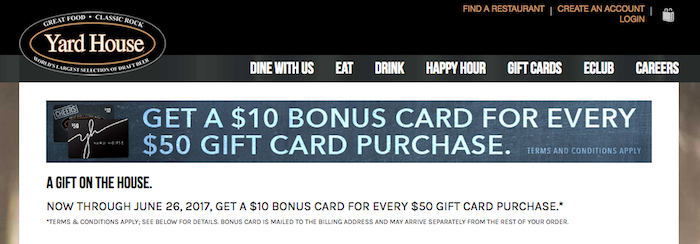
The crew at Acculuma, a software program that help retailers manage omnichannel operations, recently shared some interesting numbers on gift certificates: 72% of customers will spend 20% more than the stated value of their gift card. Also, 90% of gift cards are used within 60 days of purchase. Armed with these stats, please be sure to provide gift certificate options for your store.
Additionally, much like a “Buy 2, Get 1 Free” sale, retailers can ring up increased sales by giving a gift card bonus once a shopper crosses a certain purchase threshold. Here we see the restaurant, Yard House, adding an extra $10 for every $50 spent on a gift card. Now their gift card buyers have an extra $10 in their pocket, payable only to Yard House. They’re known to have the “World’s Largest Selection of Draft Beer,” and chances are good that the customer will eat and drink more than a ten spot.
7) Serve Customers with Upselling & Cross-selling
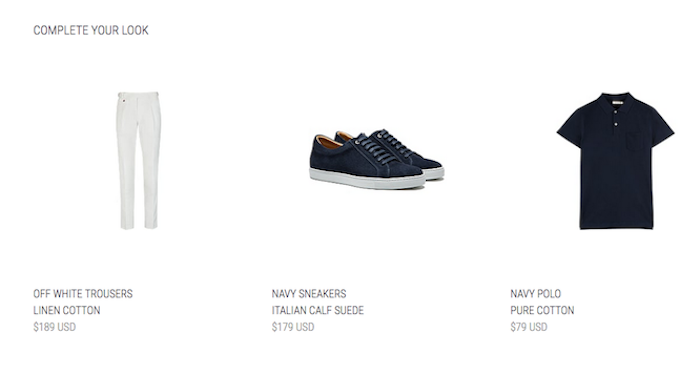
If you have any qualms about feeling “salesy” with these techniques, please don’t. We believe that customers want the help that upselling and cross-selling provides. For instance, take a look at the cross-sell above from Suit Supply. When a shopper lands on the product page for their men’s Light Grey Padded Vest, they not only find a clean, easy to navigate experience. They also find three complimentary products under the heading, “Complete Your Look.” Super helpful.
The same holds true for upselling. Shoppers can always say “no,” but it’s possible the more expensive product will serve their needs better. Apple has long had a strong approach to upselling that feels informative, rather than pushy. Here, in shopping for an iPad Pro, we see that greater storage capacity costs more. (As does the bigger display.) It helps that Apple provides a link to a primer, “How much storage is right for you?,” to guide us to the right product.

Are you looking to increase your online sales per customer? As we mentioned from the start, the top strategy is the one tailored to your company. Drop us a line, and together we can start talking about the best path forward for your business.
